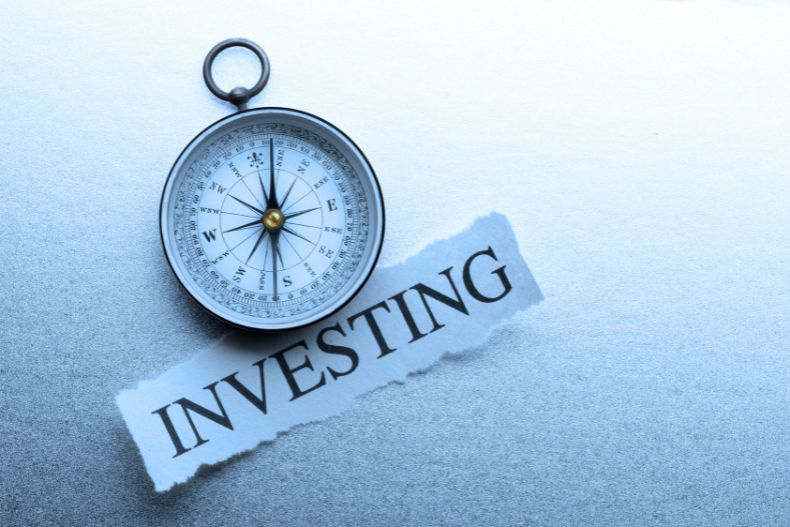Even though the terms themselves are a dead giveaway, active and passive investing represent two contrasting strategies for portfolio construction and management.
Both the strategies have advantages and disadvantages over one another, which has resulted in many heated debates over the years, but it ultimately boils down to individual preferences, goals, and the risks they are willing to take.

What Is Passive Investing?
As the name suggests, passive investing involves a more hands-off approach to investing, where investors or asset managers buy certain assets as part of a portfolio and hold them for the long-term.
There is very little trading involved with this strategy, and is less reactive to changing market conditions, resulting in lower costs and management fees thereof.
A good example of passive investing is index funds that track indices such as the S&P 500, or the Russell 2000, wherein every constituent stock within these indices are part of an investor’s portfolio, with any changes tracked, and reflected right away.
Pros
- Low Fees
The biggest benefit of passive investing is that a very small portion of your portfolio is lost in the myriad of fees that managers charge. For an index fund, fees often average at 0.2% of net asset values.
- Tax Efficiency
Such an investment strategy doesn’t result in substantial capital gains taxes, and in many jurisdictions, this falls under long-term capital gains, which is taxed at a lower rate.
- Less Risky
With exposure to broad markets with diverse stocks and holdings, both the upside and downside are limited. For example, while the Nasdaq Tech Index is down by nearly 24% year-to-date, the S&P 500 has logged a decline of just 13% year-to-date.
Cons
- Underperformance
Passive investing often remains in-line with broader indices, often posting highly conservative rates of returns.
- Risk of Downturns
While such strategies remain mostly risk-free, there have been times when investors were faced with extended losses, such as during the financial crisis of 2008, when the S&P 500 declined by over 48% within a year.
What Is Active Investing?
This approach involves a more active, hands-on approach to investing, where a portfolio manager picks stocks, bonds, and other securities to align with investment goals, keeping in mind broader market and economic conditions.
Unlike passive investing, this strategy involves buying and selling of securities with the goal of generating ‘alpha’, or outperforming the broader indices.
Many fund managers make use of complex derivatives and other financial instruments to hedge against downturns, or generate additional returns to investors.
Pros
- Flexibility
A significant advantage over passive funds, which are restricted to particular indices, and remain unable to act on new opportunities as they arise.
- Outperformance
Actively managed funds and portfolios try to consistently outperform broader markets, and they do this by finding investment ideas that other market participants have missed.
- Hedging
While passive funds rise and fall with the markets, indices, and the broader economy, active funds can make use of short selling, futures, and options to hedge against downside risks.
Cons
- High Fees
Given the amount of effort involved, and the expenses incurred with active trading, such a style of investment often results in higher fees, with the average expense ratio for active funds estimated at 0.68%, which can eat into your portfolio over time.
- Volatility
All of the measures that fund managers take to outperform markets, including leverage, derivatives, and short selling, are essentially double-edged swords that can work against investors if things go awry.
Investment Platforms Offer A Blend of Both
There is no reason why you should settle for one or the other, especially with many up and coming robo-advisors, such as the SoFi Trading Platform offering the best of both worlds.
Investors can now easily park a part of their funds with index funds, and actively trade and invest with the rest, or even invest in other actively managed ETFs for better returns.
The Sofi robo-advisor service provides an automated portfolio construction and allocation to best suit individual goals and requirements.











